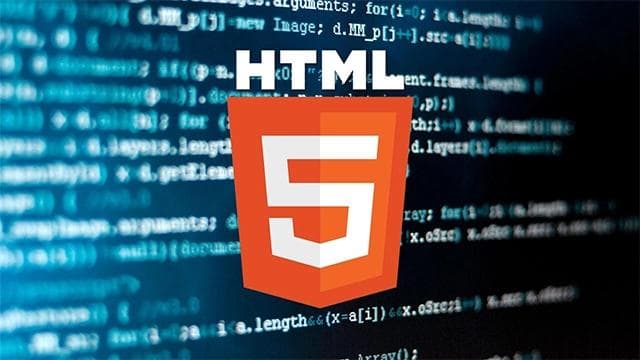HTML
December 17, 2023
HTML: A Comprehensive Guide with Code Examples

Welcome to exploration of HTML, the cornerstone of web development. In this comprehensive blog post, we'll delve into various aspects of HTML, covering its structure, essential tags, attributes, and practical code examples. Whether you're a beginner or looking to refresh your skills, this guide is designed to provide a solid understanding of HTML.
1. Introduction to HTML
HTML, which stands for HyperText Markup Language, is the backbone of the World Wide Web. It provides the structure for web pages, allowing browsers to interpret and display content. HTML consists of elements represented by tags, and each tag serves a specific purpose.
2. HTML Structure
Let's start with the basic structure of an HTML document:
<!DOCTYPE html>
<html lang="en">
<head>
<meta charset="UTF-8">
<meta name="viewport" content="width=device-width, initial-scale=1.0">
<title>My First HTML Page</title>
</head>
<body>
<!-- Content goes here -->
</body>
</html>
Here's a breakdown of the structure:
- <!DOCTYPE html>: Declares the document type and version of HTML.
- <html lang="en">: The root element with the language attribute.
- <head>: Contains meta-information about the document.
- <meta charset="UTF-8">: Sets the character encoding to UTF-8.
- <meta name="viewport" content="width=device-width, initial-scale=1.0">: Defines the viewport for responsive design.
- <title>: Specifies the title of the page.
- <body>: Contains the content of the web page.
3. Text and Headings
HTML provides various tags for structuring text and defining headings:
<h1>Main Heading</h1>
<p>This is a paragraph of text.</p>
<h2>Subheading</h2>
Headings range from <h1> (the largest) to <h6> (the smallest), providing a hierarchy for content organization.
4. Lists and Links
Lists are crucial for organizing information. HTML supports both ordered and unordered lists:
<ul>
<li>Item 1</li>
<li>Item 2</li>
</ul>
<ol>
<li>First Item</li>
<li>Second Item</li>
</ol>
Hyperlinks are created using the <a> (anchor) tag:
<a href="https://www.example.com">Visit Example.com</a>
5. Working with Images
Incorporating images into your web page is simple with the <img> tag:
<img src="image.jpg" alt="Description of the image">
The src attribute specifies the image URL, while the alt attribute provides alternative text for accessibility.
6. Forms and User Input
Forms enable user interaction on the web. Use the <form> element to wrap form controls:
<form action="/submit" method="post">
<label for="username">Username:</label>
<input type="text" id="username" name="username">
<label for="password">Password:</label>
<input type="password" id="password" name="password">
<input type="submit" value="Submit">
</form>
7. Semantic HTML
Semantic HTML tags provide meaning to the content. Examples include <header>, <nav>, <main>, <section>, and <footer>. Using these tags improves accessibility and helps search engines understand the structure of your page.
8. HTML Comments and Entities
Adding comments to your HTML code is beneficial for documentation:
<!-- This is a comment in HTML -->
HTML entities are special characters represented using codes. For example, < represents <, and > represents >.
9. HTML5 Features
HTML5 introduced several new features, including the <article>, <aside>, <figure>, and <figcaption> tags. These tags enhance the structure and semantics of web pages.
<article>
<h2>Article Title</h2>
<p>Article content goes here.</p>
</article>
Conclusion
Congratulations! You've covered the fundamental aspects of HTML. This guide provides a solid foundation for creating web pages. As you continue your web development journey, explore more advanced HTML features and stay updated on the latest standards.
In this tutorial, we've only scratched the surface of HTML's capabilities. Continue exploring, practicing, and building to become proficient in crafting dynamic and engaging web pages. Happy coding!